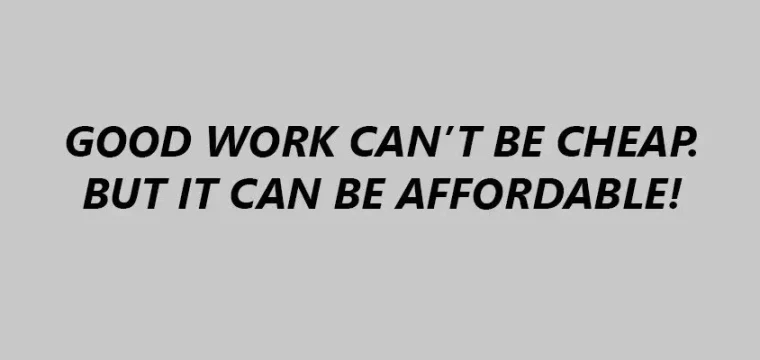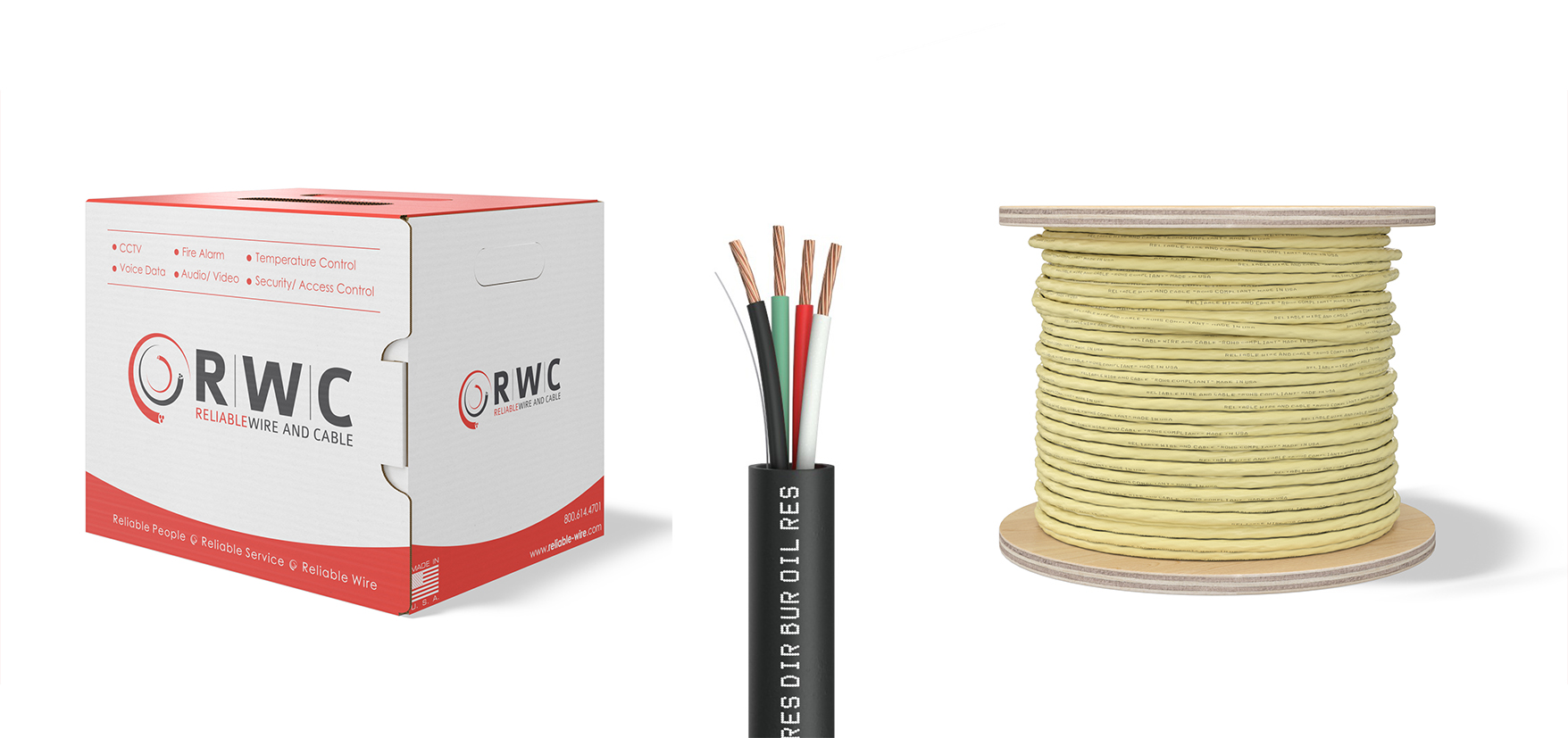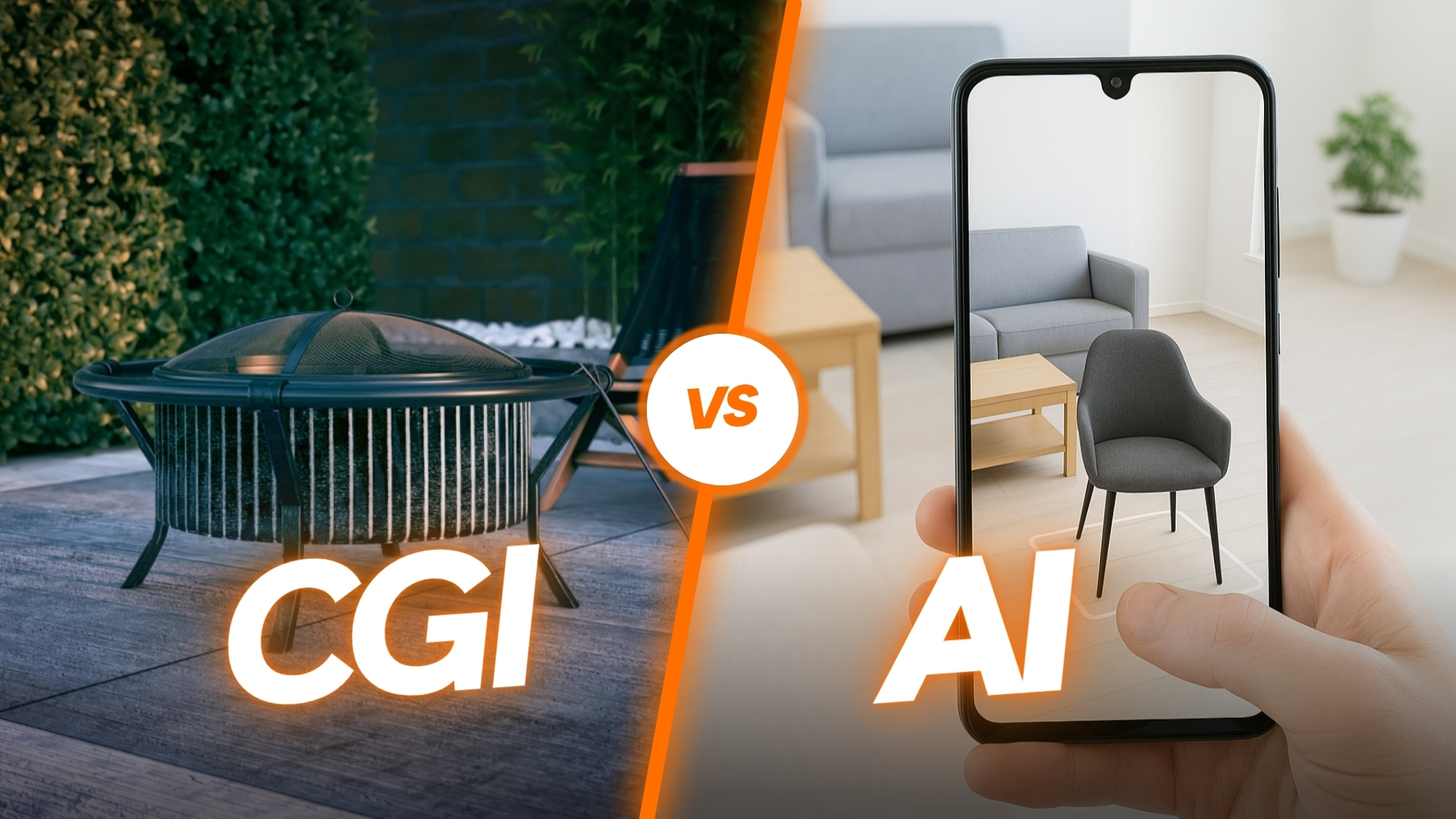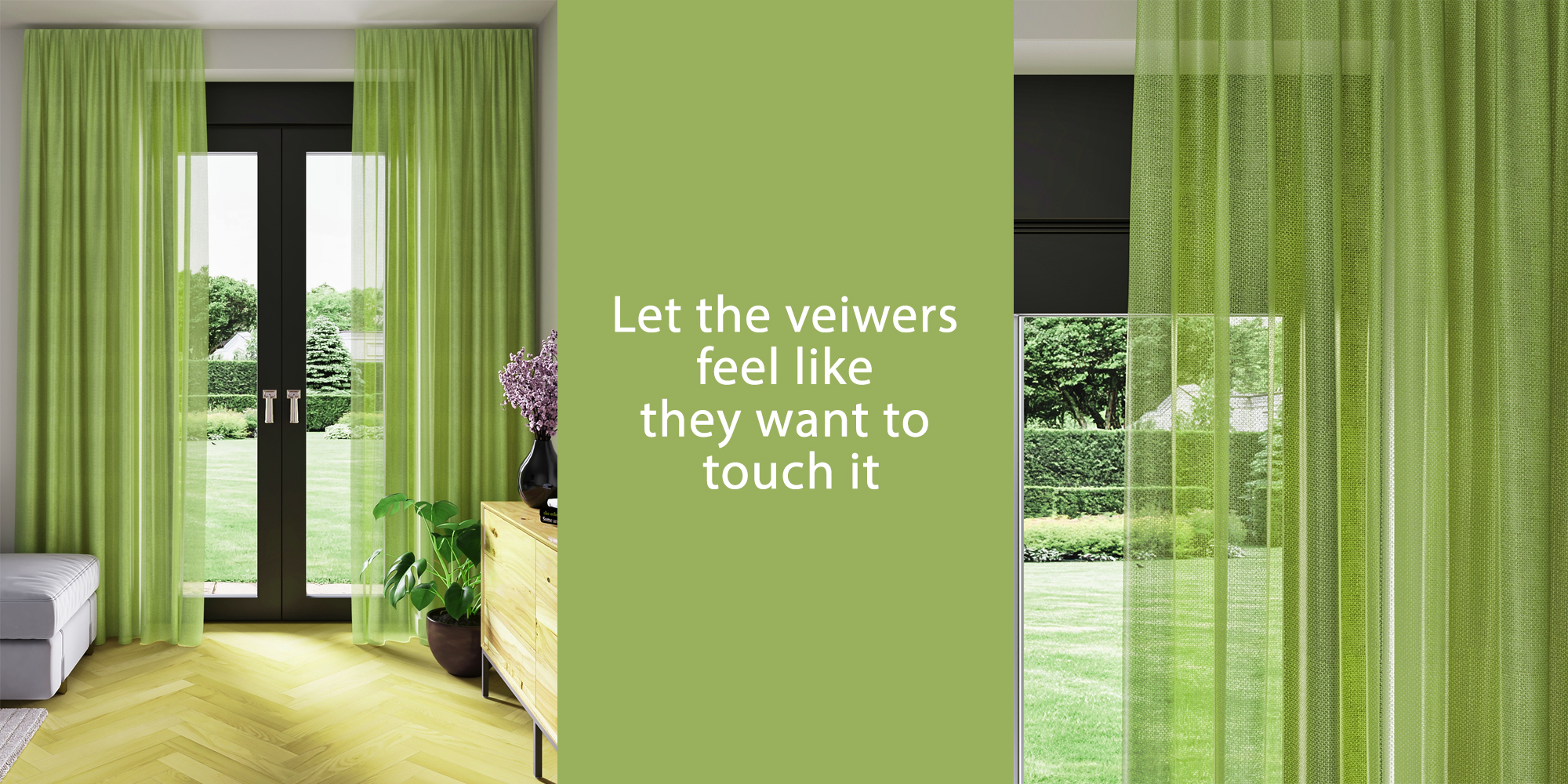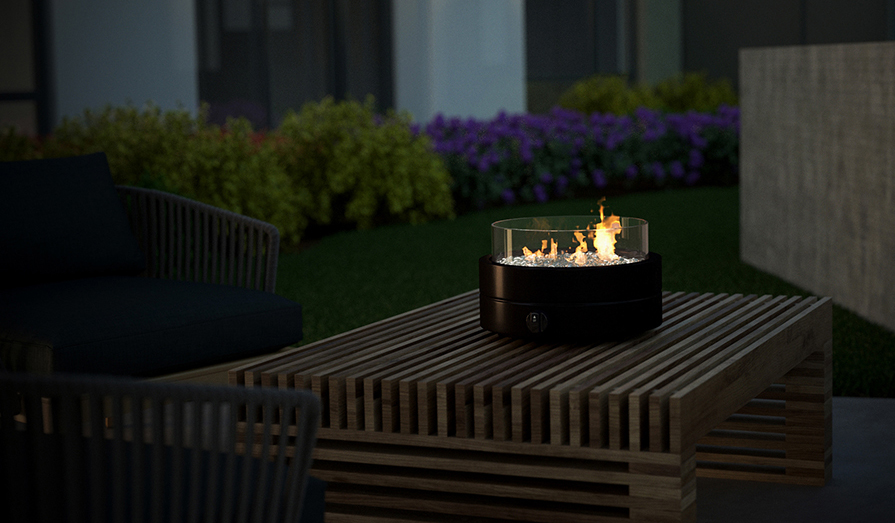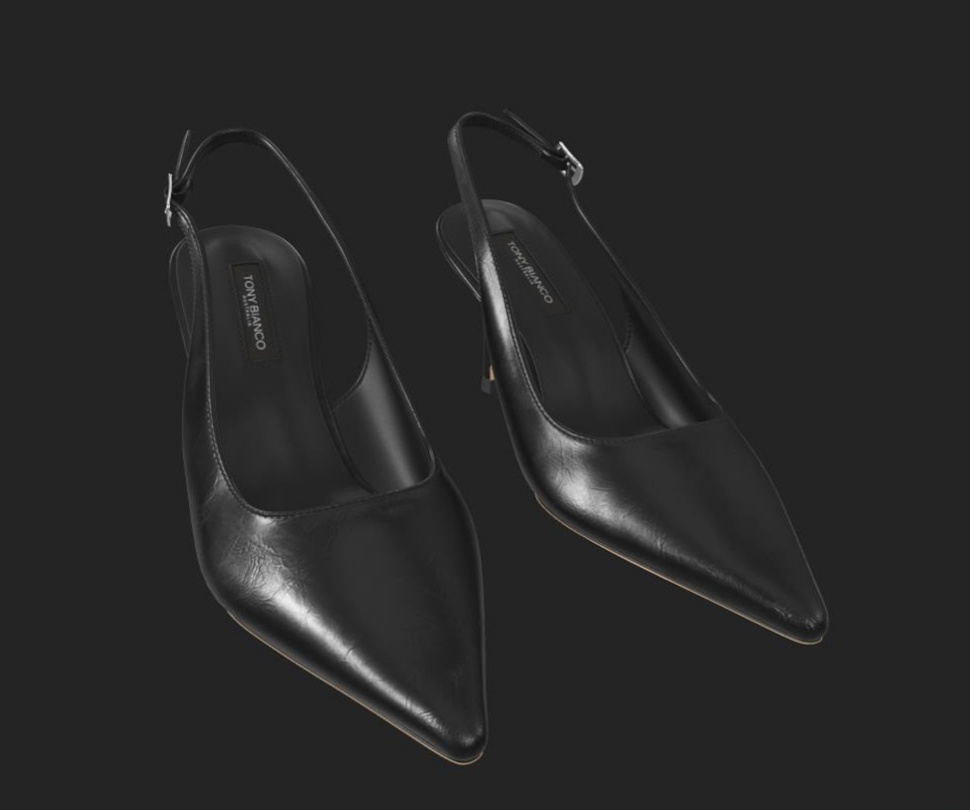If you’ve ever searched for 3D rendering services, you’ve probably noticed one thing right away: pricing isn’t always clear. Some studios list flat rates, others charge hourly, and many won’t reveal a number until you send project details. 3D rendering services prices can frustrate architects, developers, designers, or product brands.
The truth is, there’s no one-size-fits-all price. The cost of a rendering depends on multiple factors, like project complexity, detail level, type of deliverables, and sometimes turnaround time. We will discuss this later in this blog. But rest assured, today you will leave with clarity.
3D Rendering Cost Calculator
Factors that affect 3D Rendering Prices.
There are cost factors that apply to both product rendering services and architectural rendering services, and many of them are common across most industries. There are also factors that are unique to each service. To make this clear, let’s group the cost drivers into three categories:
1. Common 3D Rendering Cost Factors
- Complexity and Level of Detail
- Quality of source files and clarity of brief
- Output type and deliverables: stills, 360, animation, or interactive
- Scope of work: shots, angles, variants
- Timeline and rush requests
- Team expertise and quality control
- Production approach and toolset: KeyShot, V-Ray, Corona, or real-time
- Included revision rounds
- Batch size and asset reuse
- Provider location and time zone
2. Architectural Rendering Cost Factors
- Site and context modeling: Including surrounding buildings and landscape in the shots.
- Landscaping density: Custom vegetation, planting plans, water features, and other design elements.
- Aerials and phasing: Drone-matched aerials, construction phases, and site logistics visuals.
- Custom furniture Modeling: If your project needs bespoke FF&E for interiors, expect higher costs. The more custom furniture, fixtures, and accessories you add, the more modeling time is required, which increases the budget.
- Design style: Design style has a major impact on architectural rendering prices. A 5,000 sq ft classic interior can cost up to three times more than a 5,000 sq ft modern interior because classic styles demand richer detailing, ornamentation, and longer look-development.
3. 3D Product Rendering Cost Factors
- Product Geometry and Shape Complexity
Organic forms, intricate curves, fillets, and freeform surfaces take more time than simple hard-surface geometry. More parts and complex topology raise modeling and cleanup hours. - Materials and Custom Textures
Special finishes like brushed or hammered metals, woven fabrics, carbon fiber, wood grain, leather, and micro patterns require custom shaders and texture creation, which increases look-dev time. - Extreme Detail for Close-Ups
Macro shots demand high-fidelity details: bevels, stitching, decals, thread, micro-scratches, fingerprints, dust control, and accurate normal/roughness maps. Close-up realism raises both modeling and rendering time.
Take Control of 3D Rendering Prices
Controlling architectural rendering price:
1. Prep That Cuts Hours
- Share clean CAD/Revit/BIM with correct scale, layers, and north arrow.
- These days, many architects use 3D software to design. So they build the 3D model when designing. Providing that 3D Model to the 3D Visualization service provider at the beginning may save 15 to 30 percent of time.
- Include a finishes schedule and exact material references for glass, metals, woods, and stone.
- Provide site context early: survey, topography, setbacks, and any drone or street photos. Google map locations are helpful.
- Confirm target mood and time of day with 3 to 5 reference images for inspiration.
Here is a folder I have prepared that you can use as a template. The information in this folder is what we worked on and produced the following image.
2. Choose Cost-Efficient Deliverables
- Add views only if they serve a goal:
- Start with a must-have list, not a wish list. Each added view increases time and cost, often by 15 to 25 percent per view. Include a view only if it answers a real question or moves a decision forward.
- If you are selling the property, prioritize one hero exterior, one lobby or key interior, and one plan or aerial that explains context.
- If you need approvals, pick the views that test design choices, like facade material close-ups or daylight vs evening mood.
- If the goal is marketing, select angles that match where images will live, such as listing portals, print brochures, or site signage.
- Replace multiple similar angles with one flexible deliverable, like a short camera move, a 360 panorama, or an interactive tour.
- Be Specific Only When It Matters:
If you care about exact items, such as plant species or branded furniture, provide a clear list. Otherwise, share a few strong references and let the artist stage the scene. Ultra-specific requirements can raise the budget to three or four times the base cost due to sourcing, modeling, and look-dev.
- Ask for higher resolution only when required:
2K is still fine for web approvals and most listing sites. With modern displays, 4K is ideal for hero images and high-end devices. Reserve 6K or 8K for large print or billboard work. Matching resolution to actual use keeps render times and costs in check.
3. Follow the standard Production procedure:
Approve the geometry, basic lighting mood, and viewing angles during the clay stage.
When you receive color drafts, avoid over-polishing at this step. Color tweaks are quick; geometry changes are costly and require re-rendering.
Do not worry if early color renders are not fully realistic. Confirm that the vendor will achieve a realistic finish in the finals.
Share all markups before images move to the final render and post-production.
4. Planning for Revisions and Feedback Stages
Revisions are inevitable, but unmanaged revisions are expensive. Agree with your studio on the number of feedback rounds and consolidate internal comments before sending them. Clear, structured feedback ensures revisions are efficient and avoids blowing up the budget.
5. Look for package deals for large orders
6. Building a long-term relationship
Building a long-term relationship with a 3d rendering studio pays off. Regular clients often get better rates, priority turnaround, and more consistent visual style. The studio also gets to know your brand, which cuts down on the time it takes to brief them and the number of changes that need to be made.
Controlling 3D Product Rendering Price
To take control of the 3d product rendering price, share all product information at once. This lets the 3D team work efficiently and stay consistent. Provide clear rules for every variant and for the final image outputs. First, run the full process on one sample product, approve the look and file specs, and document the steps. Then repeat the same setup for the remaining SKUs. This standardization cuts revisions, speeds delivery, and keeps your catalog uniform.
3D Rendering Services Cost Breakdown by Rendering Type
3D Architectural Visualization Cost Breakdown
Regular 3D Still Image Rendering
Our 3D Rendering price calculator is designed to provide pricing for Regular 3D Still Image Rendering. The calculator is a good resource to get an idea of the rendering price for these types of Renderings.
3D Animation and walkthrough
For 3D animation or camera walkthroughs, pricing is usually calculated per second or as a fixed project fee. In 2025, realistic ranges run from 25 to 500 USD per second, depending on resolution, scene complexity, and production scope. As a quick guide: standard 1080p walkthroughs with simple camera moves often fall around 60 to 150 USD per second; premium photoreal pieces with complex interiors or exteriors, detailed materials, and multiple shots commonly land at 200 to 350 USD per second; cinematic work with simulations, crowds, vehicles, or heavy post can reach 400 to 500 USD per second.
Your final price depends on a few levers: video resolution (1080p vs 4K), runtime, number of shots, level of detail, animation complexity, revisions, and whether you need sound design, captions, or multiple export versions. If your scope is crystal clear, a fixed fee is often best. If you expect iteration or R&D, a per-second rate with a not-to-exceed cap keeps costs predictable while giving room to refine the story.
Interactive 3D Experiences for Architectural Rendering
Interactive 3D for architecture is now both practical and effective for design reviews, construction coordination, and sales. Pricing typically follows one of three models. Per square foot works best for buildings and large interiors because it scales with area and level of detail. A fixed fee fits projects with a defined feature list and content map. Hourly with a not-to-exceed cap is useful for pilots or R&D where scope may evolve.
For early budgeting in 2025, a single-family home tour with 2 to 4 scenes typically lands between 2,500 and 8,000. A multifamily floor or office level with unit selection and plan overlays is usually 6,000 to 20,000. A full property experience that covers lobby, amenities, sample units, site map, and a day to night toggle ranges from 15,000 to 50,000.
Aerial Renderings
Aerial stills are priced per view or as a set. Standard aerials at 4K with clean site context typically range from 600 to 2,500 USD per image. Larger sites with detailed landscaping, traffic, people, multiple buildings, or sunrise and dusk variants often price at 1,800 to 4,000 USD per image. Budget drivers include the need to model broad surroundings, accuracy of surveys and topo, the volume of entourage, and the number of alternate dayparts. If you plan multiple aerials from the same shot setup, batching them usually reduces the per-image cost.
360 Views
For 360 views, pricing is usually per panorama node or as a fixed package for a small tour. For VR-ready quality, plan on a minimum of 6K pixels per panorama. In 2025, typical ranges run from 500 to 750 USD per node at 6K pixels. Premium spaces with complex lighting, heavy set dressing, or 8K pixels output often land at 750 to 1200 USD per node. If you need a connected tour, a starter package of 5 to 10 nodes with basic UI and links usually falls between 2,500 and 8,500 USD, depending on scene complexity and deliverables. Costs scale with resolution, total node count, and any day–night variants. You can lower the per-node rate when multiple nodes are captured within the same room or set, since lighting, materials, and render settings are reused. If you need platform packaging or CMS embedding, include that in scope early so it is priced once, not per node.
Design is an expression, and there are countless ways to visualize a property. In truth, your imagination sets the boundaries. That said, the rendering types listed above are the most common and proven in the industry, which is why we highlighted them.
Pricing breakdown for product rendering
Commonly, a 3D Rendering company is asked for white-background product hero images for catalogs, Lifestyle renderings, 360 spins, Short animations, and AR-ready models. Once the white-background image is done, your 3D model is ready to power everything else efficiently.
Typical Pricing and How It Stacks
- White-background hero: from $150 per product
- Color variantions: A new color variant can cost from as low as $1 when ordered in bulk. Color hue variations are easy to make, but making a new texture map might take way longer for some textures. that may cost $20 to $50.
- 360 spin: add $50 per product when the base model exists
- Lifestyle rendering: $250 to $500 per scene; once approved, you can reuse the same scene for other products
- New product in the same lifestyle scene: as low as $50 per additional SKU
- Animation: priced by runtime and complexity; quote per second based on the storyboard
- AR-ready model: optimize the same 3D model for AR for $15 to $50 per product
This modular approach keeps costs predictable and lets you repurpose one approved model across multiple
Common Pricing Models for 3D Rendering Services
3D Visualization Price Model for Architecture
Per-Image/Per-Asset Pricing
This straightforward model works well for smaller projects. You pay for each deliverable—whether that’s a single image, floor plan, or animation. Simple to track and budget, but it can become costly if you need a high volume of assets.
Hourly Rate Structure
Some freelancers and studios charge by the hour, with rates ranging from $30 to $150/hour, depending on geography and expertise. While this can provide flexibility, it’s harder for clients to predict final costs unless the project scope is very clear.
Project-Based or Package Pricing
Big studios often provide flat-rate packages. You send full project information, the studio reviews it, and they come back with a price. That price may change if new details are added during production or if you change requirements that expand the scope. In those cases, expect a formal change order and an updated quote.
Pricing model for product rendering
Pricing model for product rendering is straight forard which is per product. If there are bulk amount of products to estimate, pick simple medium and complex product sample proportionately from the list. and then estimate an average price. unless you want price every products individually.
Understanding the Cost of Quality
Low quality does not have to be ugly. Almost any modern tool can produce images that look good at a glance. What lower quality often misses is detail and material accuracy. Metals may look a bit off, glass may feel flat, and the image can read as “CGI” on close inspection. That said, it can still serve the purpose for quick approvals, concept alignment, or basic e-commerce listings.
If you know exactly what you need, you can avoid many cost drivers. Below are two examples of the same scene. The first is a generic version we produced quickly to meet an immediate deadline. We focused less on fine details, and it cost about $200. The second is a high-quality version we delivered later with refined materials, lighting, and micro details. That one cost about $500. A generic image will not cover every use case, while a premium image can. Now that you see the cost of quality, you can decide whether the higher investment is worth it for your goals.
But keep in mind that, sometimes, compromising quality is not an option.
Conclusion
In 2025, high-quality Visualization won’t just be nice to have; it’ll be a way to get ahead of the competition. Companies that make smart investments in professional 3D rendering always see more engagement, shorter sales cycles, and more trust in their brand.
If you’re thinking about getting expert help, check out our 3D Rendering Services for real estate and architecture or our 3D Product Visualization Solutions for brands. Choosing the proper partner makes sure that your visualization budget turns into real results.
In 2025, the average cost for a professional still image falls between $500 and $1,500, depending on detail, quality, and the studio’s expertise.
Short animations (30–60 seconds) generally start at $2,000–$5,000, while longer cinematic walkthroughs or product animations can range from $7,000 to $20,000+.
Pricing reflects experience, portfolio strength, technology, turnaround time, and quality. A premium studio with a large team and global clientele may cost more, but the reliability and polish can justify the investment.
To receive a realistic estimate, be prepared to share architectural drawings, dimensions, CAD or 3D models, reference photos, design inspirations, and the desired timeline. The more complete your inputs, the more precise the quote.
Yes. By providing clean files, consolidating feedback, and avoiding last-minute changes, you can keep costs down. Partnering with the same studio long-term often results in better pricing and faster delivery.

